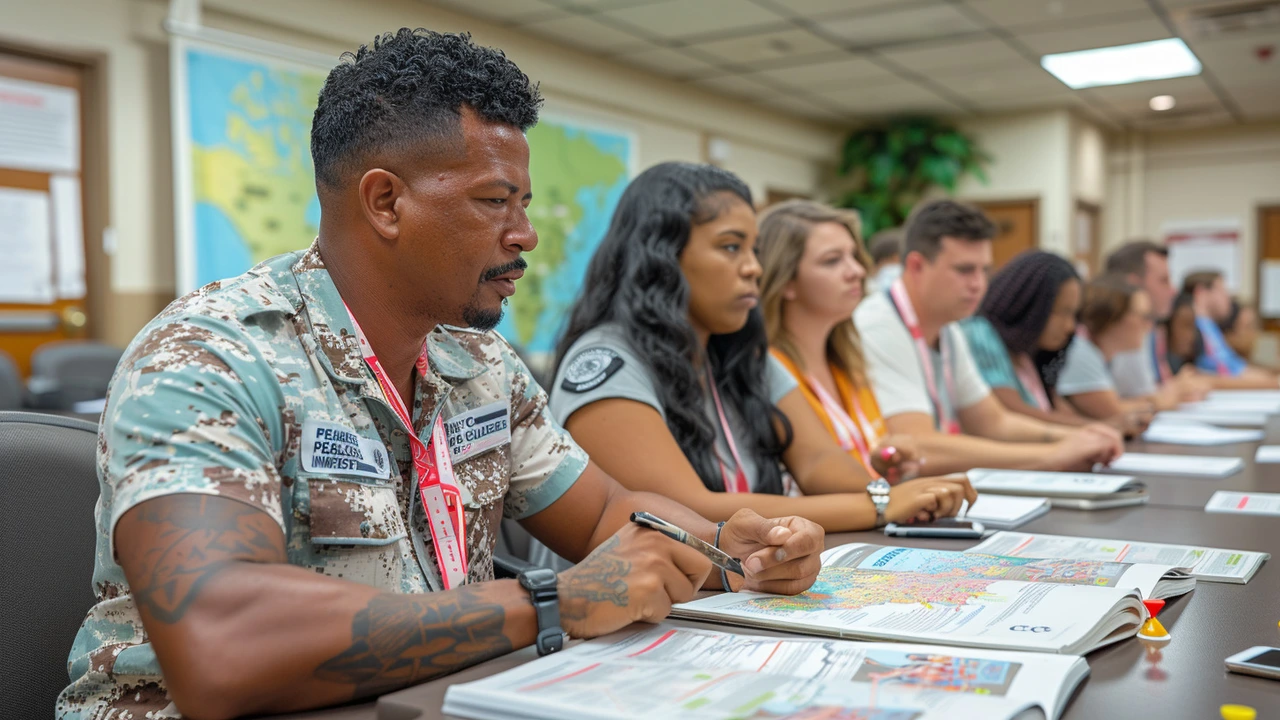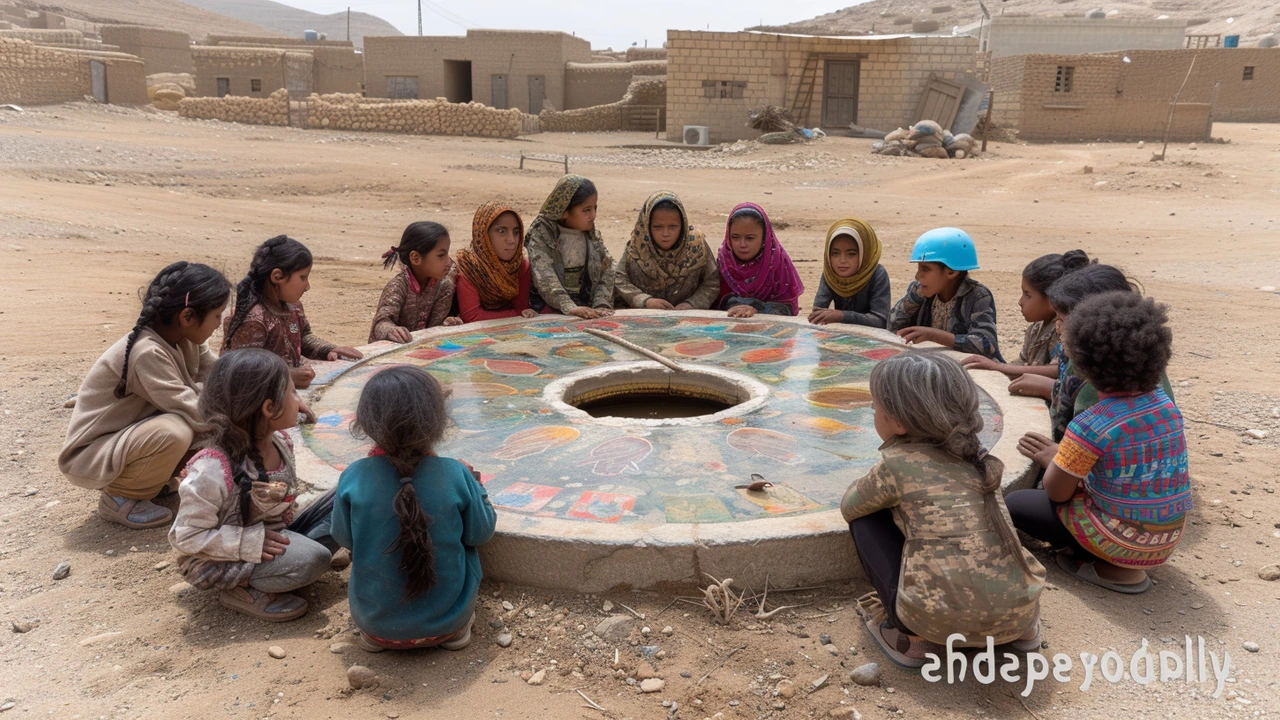Diplomacy often stops violence before peacekeepers even arrive. On this Diplomacy tag you'll find clear, practical pieces on how talks, local agreements, and behind-the-scenes bargaining keep fragile situations from spiraling. You'll also find stories that show how real people use simple tools—trust-building, compromise, legal agreements—to protect civilians and make missions work.
Negotiation and mediation are the basics, but the details matter. Shuttle diplomacy—moving between parties to narrow differences—still resolves many stand-offs. Confidence-building measures like joint patrols or matched ceasefire steps create breathing room. Legal tools such as status-of-forces agreements set rules for peacekeepers so local authorities know what to expect. Back-channel talks let leaders explore options without public pressure. Each tool fits a specific situation; the trick is choosing the right mix and timing.
Think about ceasefire monitoring: it’s not glamorous, but it shows both sides someone is watching. Or consider local reconciliation councils that bring rival community leaders together to hash out land or resource disputes. These actions don’t end wars overnight, but they lower tension enough for longer talks and reconstruction to start.
Good diplomats listen more than they speak. Cultural awareness, local language or trusted interpreters, and patience matter a lot. Clear communication—explaining what a mission will and won’t do—builds credibility. Practical steps include setting small, measurable goals (like reopening a market safely), using neutral mediators when trust is low, and documenting agreements so everyone knows the deal.
Training and local partnerships help too. Peacekeepers who work with local civil society, religious leaders, and women’s groups learn faster what the real risks are. That means fewer surprises and better-crafted agreements that communities accept and enforce themselves.
Want concrete examples? Read articles on this tag that mix history, analysis, and front-line experience—like pieces on the evolution of peacekeeping or profiles of key thinkers. Those posts show how diplomacy blends policy, people skills, and on-the-ground tactics to protect lives and restore basic services.
If you follow this tag, try a simple habit: after reading a mission report or news piece, ask what diplomatic move would reduce risk today. Could a local meeting calm a rumor? Would a temporary buffer zone protect a market? Small, timely diplomatic steps are often the difference between calm and catastrophe.
Explore the Diplomacy tag to learn practical tactics, see real-world examples, and follow ongoing missions. If you have a question or a local story to share, use our Contact page—your experience helps others understand what diplomacy really looks like in the field.

Hello there! In this post, I'm diving deep into the concept of peacekeeping as a global strategy for peace and security. We'll discuss how international relations and diplomacy play key roles in maintaining a harmonious global environment. I'll also share insights on the various strategies adopted by nations globally for peacekeeping, and how these contribute to international security. The aim is to provide you with a comprehensive overview of the subject, giving you a more profound understanding. So get yourself comfortable and join me on this enlightening journey of peace and security.

Hello all, in my latest post we'll journey into the world of international diplomacy, focusing on peacekeeping as the ultimate pursuit. We'll examine the United Nation's vital peacekeeping role, explore some major international relations theories and discuss the complexities faced by peacekeepers worldwide. My goal is for us to better grasp the effort invested and the immense satisfaction derived from successful peacekeeping missions. So, come join our discussion on this crucial issue in our global society, we are all part of the story!
